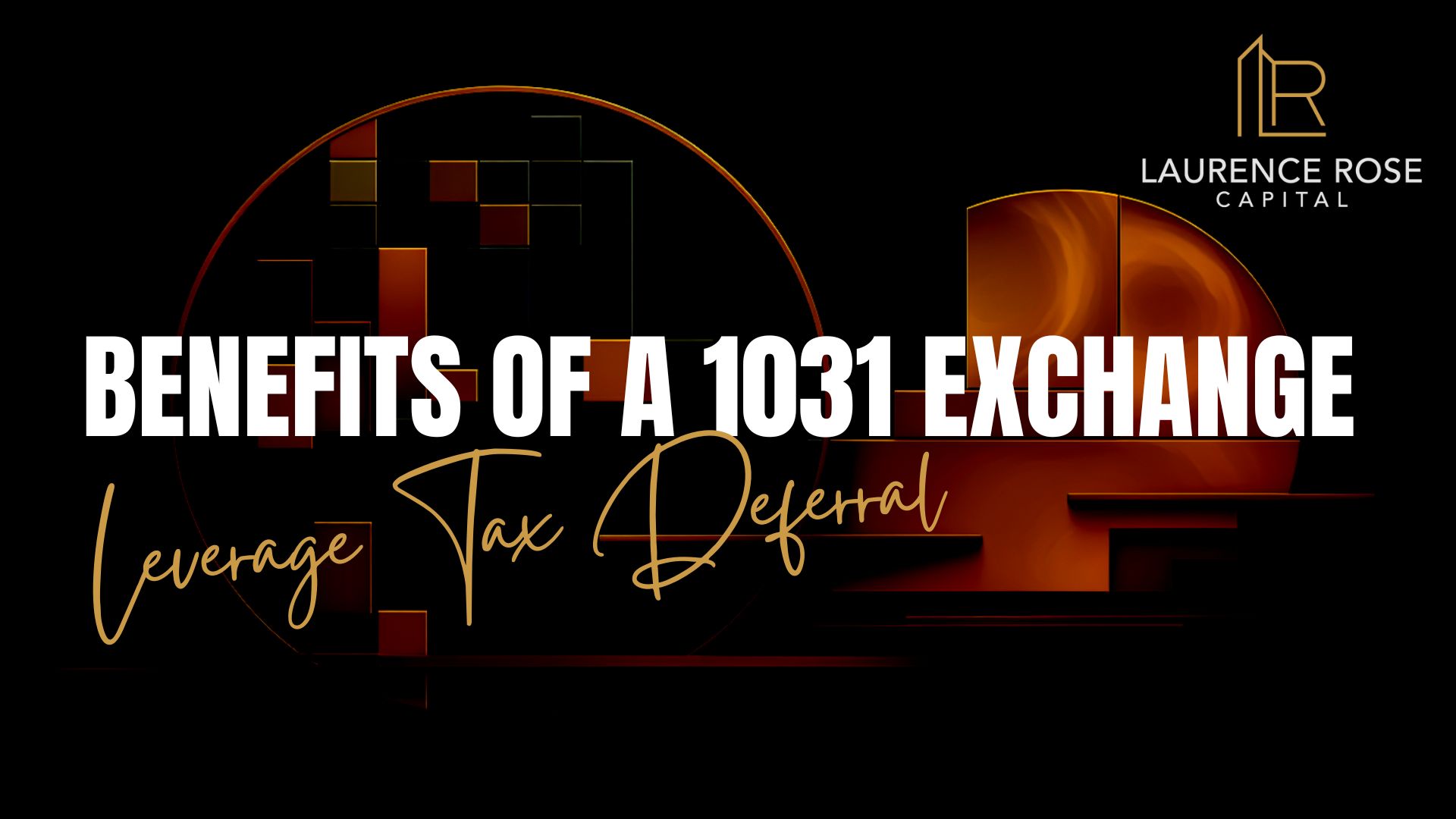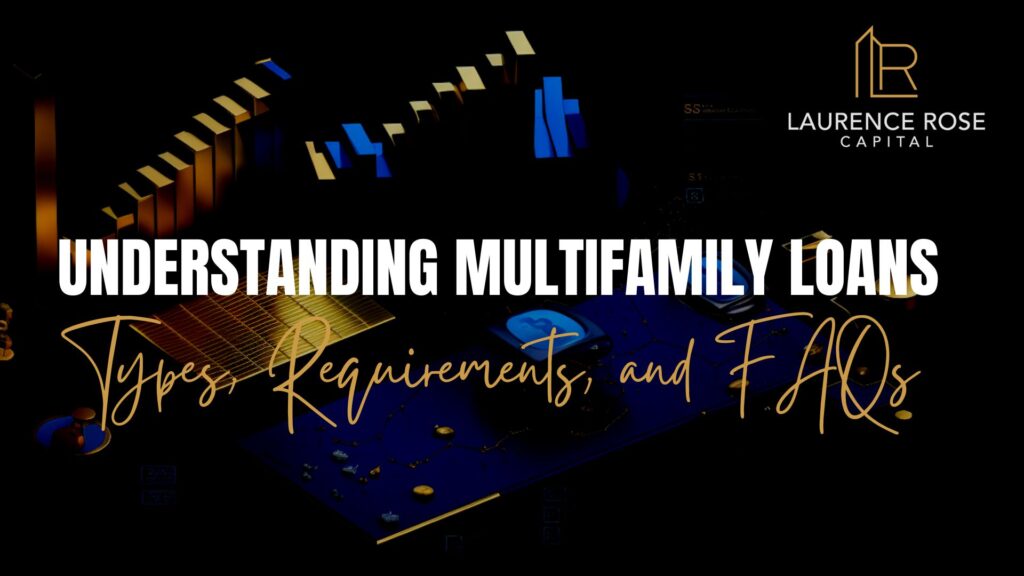A 1031 exchange is a valuable tool in the real estate investor’s strategy map, providing a pathway to defer capital gains tax and pave the way for portfolio growth and wealth accumulation. Understanding the nuances of this tax-deferred exchange can significantly impact an investor’s financial success. In this article, we explore the fundamentals of a 1031 exchange and delve into effective strategies for leveraging its benefits.
Demystifying the 1031 Exchange: A Closer Look
At its core, a 1031 exchange allows investors to sell an investment property and reinvest the proceeds into a “like-kind” property without triggering immediate capital gains tax. The IRS defines “like-kind” properties as those of a similar nature, character, or class, regardless of their location or quality. Investors can exchange various types of properties, from residential to commercial, as long as they satisfy the like-kind requirement.
The Exchange Process Unraveled
Executing a successful 1031 exchange requires careful adherence to specific guidelines and deadlines. Here’s an overview of the process:
1. Identify Potential Replacement Properties: Once the investor sells the relinquished property, they have 45 days to identify potential replacement properties. The IRS allows two identification options: the Three-Property Rule, where the investor can list up to three properties without considering their value, or the 200% Rule, where the investor can identify any number of properties as long as their combined value does not exceed 200% of the relinquished property’s value.
2. Close on the Replacement Property: After identifying potential replacement properties, the investor has 180 days from the sale of the relinquished property to complete the acquisition of the replacement property. This timeline is non-negotiable and requires a well-executed strategy.
Advantages of Leveraging a 1031 Exchange
The primary benefit of a 1031 exchange is the deferment of capital gains tax, allowing investors to preserve more capital for reinvestment. Here are some compelling advantages of leveraging a 1031 exchange:
1. Wealth Accumulation and Portfolio Growth: By deferring taxes, investors can reinvest their full proceeds into a new property, maximizing potential returns and accelerating portfolio growth.
2. Diversification Opportunities: A 1031 exchange opens doors to explore different real estate markets or property types, enabling investors to diversify their holdings and mitigate risk.
3. Increased Cash Flow Potential: Exchanging into higher-yielding properties can lead to enhanced cash flow and improved long-term financial stability.
Leveraging the 1031 Exchange: Proven Strategies
To harness the full potential of a 1031 exchange, investors should consider these strategies:
a. Diligent Planning and Timing: Careful preparation is key. Investors should begin identifying potential replacement properties early in the process to ensure a smooth exchange.
b. Engaging a Qualified Intermediary (QI): A QI acts as a neutral intermediary, managing the exchange process and safeguarding funds. Working with a reputable QI is crucial to ensure compliance with IRS regulations.
c. Upgrading for Value and Growth: Investors can leverage the exchange to upgrade to higher-value properties with increased appreciation potential.
d. Consider Reverse and Improvement Exchanges: A reverse exchange involves acquiring the replacement property before selling the relinquished property. In contrast, an improvement exchange allows investors to use exchange funds to enhance the replacement property.
Conclusion: Maximizing Real Estate Investment Potential
A 1031 exchange is a potent tool for real estate investors looking to optimize their investment portfolio and reduce tax burdens. By navigating the exchange process diligently and exploring strategic opportunities, investors can unlock greater financial gains, enhance portfolio diversity, and build long-lasting wealth. However, given the complexity of tax regulations, it’s essential for investors to consult experienced tax advisors and legal professionals to tailor the 1031 exchange strategy to their specific financial objectives and navigate the process with confidence. With the right approach, real estate investors can leverage the 1031 exchange to propel their investment journey to new heights of success.






![How Does Creative Financing Work In Multifamily Real Estate [Explained]](https://laurencerosecapital.com/wp-content/uploads/2023/10/JG-BMP-Ira-LRC-JB-Blog-Covers-750-×-422px-1920-×-1005px-1024x576.jpg)
